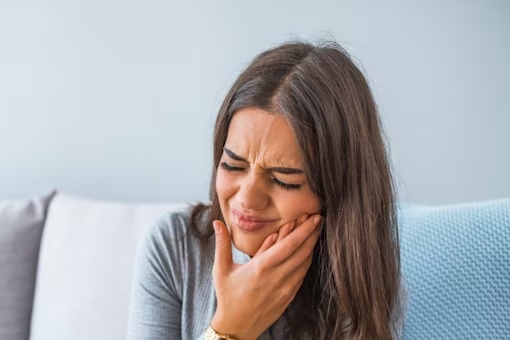Being in a quiet environment, rid of all annoying noises, is essential to a good night’s sleep. Wearing earplugs while sleeping can help block unwanted sounds and create a more peaceful sleeping environment. There are even specialised, soft earplugs in the market that can help with this. Yet, covering your ears for 7-8 long hours at a time, and doing so regularly, could have some adverse effects, too. Not only can it get uncomfortable, but it could also increase the risk of getting a nasty ear infection. Take a look at some potential downsides of wearing earplugs all night long.
Ear infections
Wearing earplugs for long periods of time can increase the risk of developing ear infections. Moisture can become trapped in the ear canal, creating an environment that promotes bacterial growth. Wearing earplugs that have not been cleaned could also cause similar health concerns.
Blocked Ear Canal
Using earplugs too frequently can lead to the wax accumulating inside. A build-up of wax inside the ears can block the ear canal. This can be highly uncomfortable and can cause hearing issues, too. This can be yet another cause of infections.
Risk Of Injury
If one does not pick the right size of earplugs or does not use them properly, the earplugs can go deep into the ear. This can be injurious to the small, sensitive bones in the inner ear, and to the ear canal itself. The material of the earplugs, too, could cause a reaction and leave the skin in the area irritated.
Discomfort
Some people find earplugs uncomfortable to wear for long periods of time, and they may interfere with their ability to sleep. Prolonged use of earplugs may be painful for some people.
To avoid these issues, it is important to pick earplugs of the right material and fit. Earplugs that are too small may go inside the ear canal, while those that are too big can cause pain. To avoid discomfort, picking a soft material is important.
To minimise the risk of ear infections, it is crucial to sanitise your earplugs before and after every use. Wipe your ears dry and ensure you do not wear earplugs when your ears are wet. You will also need to monitor earwax development.


